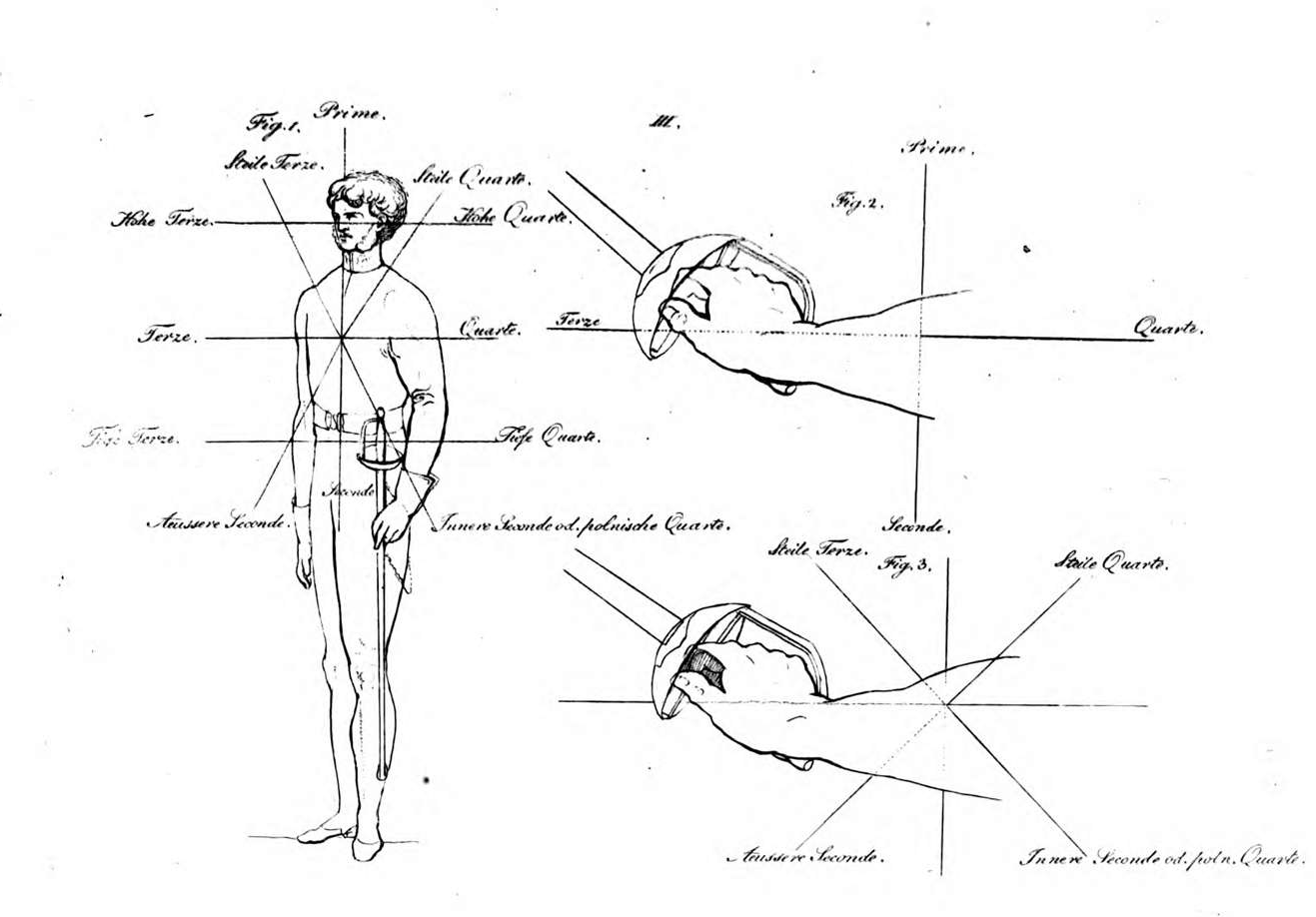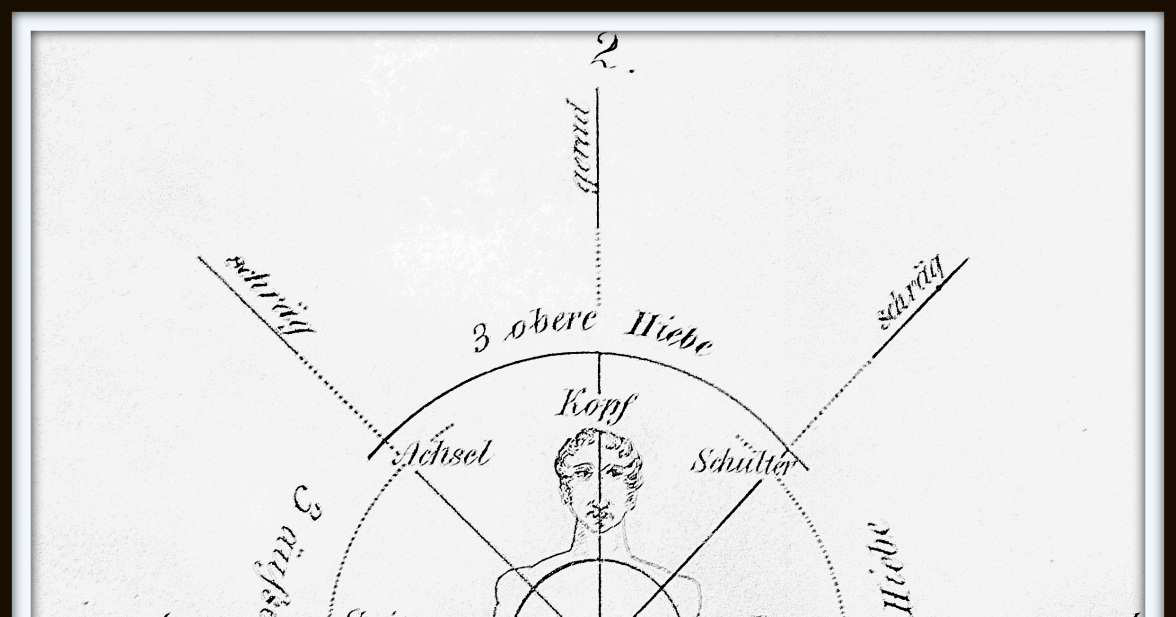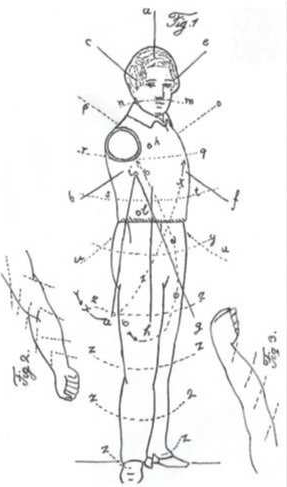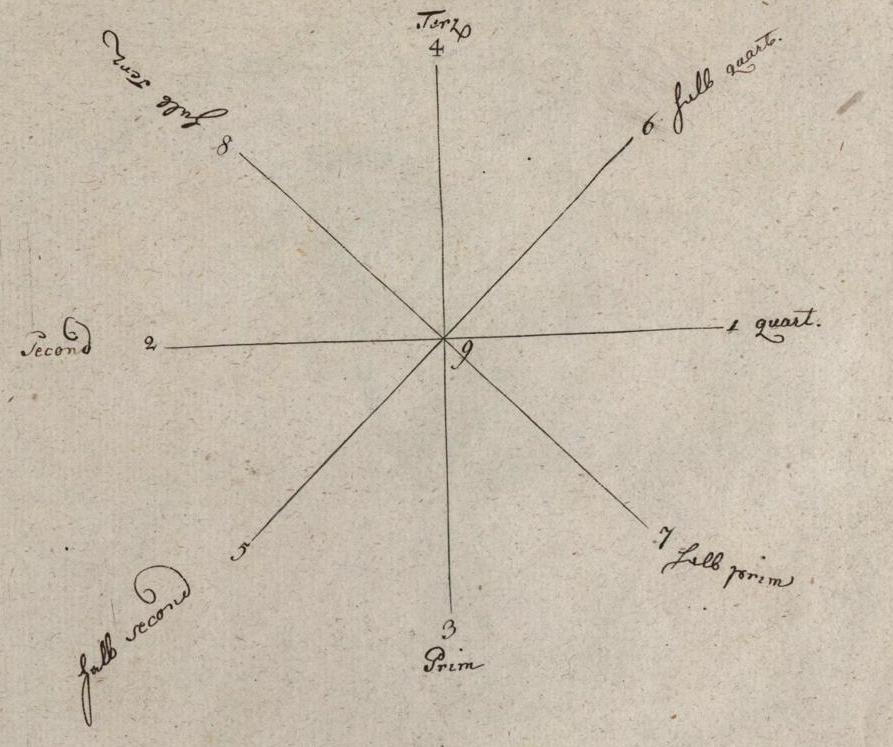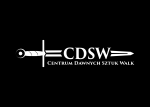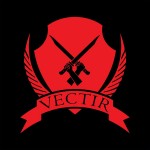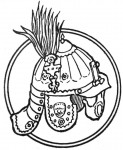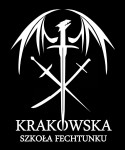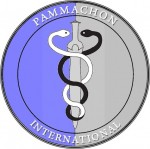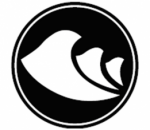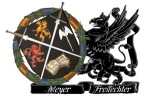Some interesting instances from the Prussian fencing
April 17, 2017
As this entry, covering the topic of Historical European Martial Arts, is a very intriguing one, it was made an official entry on the webpage. As is Easter is behind us, it was time when I had an opportunity to explore the literature dedicated to my favorite weapon, that is szabla. This time on the table were old-prints from the Prussian and Saxon masters of fencing. Those few days of free time gave me an opportunity to finish researching a period that I was focusing on for some time. Chronologically: Timlich, Roux, Seidler, Christmann and one more that would be a small surprise in the upcoming book.
As a point of reference I took a long time analyzed Werner treatise who, as we know, was one of the major Saxon fencing master and as well a teacher of Starzewski himself. Yet he uses in his treatise a so called haurappiers, that is a special type of spadroon-like dueling weapons. His mechanics is very interesting as it is much different than standard Contre-Pointe being more popular in those times in the western martial art systems. Focusing more on the cut than on the thrust.
While Roux is more focused on the thrust, developing the „pointy” mechanics with a techniques of cutting similar to Werner, following masters are most focused on the saber. Exemplum Gratio Roux underlines that in his mechanics thrust or cut are no different to eachother in the means of mechanics, that is why it is a wonderful bridge between Contre-Pointe and Werner. Though in my research I am only partially interested in that aspect, although you can find both of them praising the Polish Quarte, or right undercut. As well a great importance bears the special scheme of cuts in the system of Roman Catholic cross while crossing oneself. (it is to be underlined that this system was not used earlier, as the Italian style or simple names were the most popular)
This system is also very popular in one other place. A school that was much popular in Poland for quite a long time, till the beginning of XXth century, was named Hoch-Terz. This name is given after the base position of the arm in this system that is arm straight in front of the face with the hanging blade (it is in contrary to the early XXth century fencing schools that did not use that anymore so much, yet this was a very popular thing back in the XIXth century in many schools.) This system is very interesting as it can be found in XVIIIth century as a horse based method of fencing transferred to the foot. Though in this methodology manuals of Saint-Martin and Angelo are written, yet the Hoch-terz corresponds most with horse system presented by such masters as Le Marchant (creator of quite legendary 1796 pattern saber).
An excellent example is aready mentioned Seidler, who very nicely connects both worlds of mounted and unmounted fencing.He presents a complex system of cuts both moulinet, and simple cuts with cross-cuts in the form of attack and displacement and as well the back edge cuts. Along with him it is very good to have a look into Christmann, who transferred that system entirely on foot (even though his book was printed earlier) which well connect the hoch-terz to a more thrust oriented systems like contre-pointe. Karol Bernolak who in his manual from 1899 presents a little less complex Hoch-terz, yet it is adopted to the time.
Yet it is the finale that is the real gold here, two masters put in the end.
Karl Timlich, a commander of Hungarian Lifeguard cavalry unit is a most intriguing find. Starting from that his system is based on cutting scheme that was already anachronistic to his times (manula from 1794) used since XVIIth century, it was developed by Ridolfo Capo Fero, adapted by Germans in the beginning of the XVIIth century. Timlich system describes both mounted and unmounted fencing, yet on foot he uses both basic and moulinet actions and a very characteristic swinging cuts that in his times were used on horse, as they were not very aligned with the dominant smallsword mechanics of the era. What is more he uses a series of cross-cutting and active displacements and false edge cutting untypical for the period. He as well explains techniques that are very rarely used anymore.
The story is closed with our last author, (who shall remain nameless till published in the upcoming book) who closes us much more to the mechanics we are searching for.
